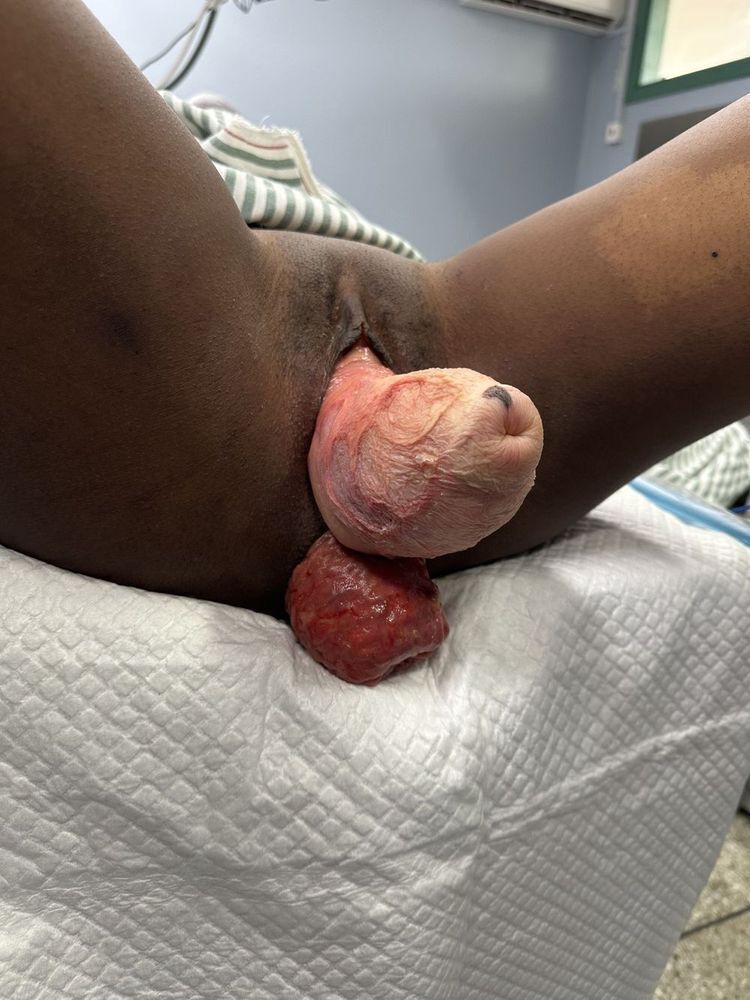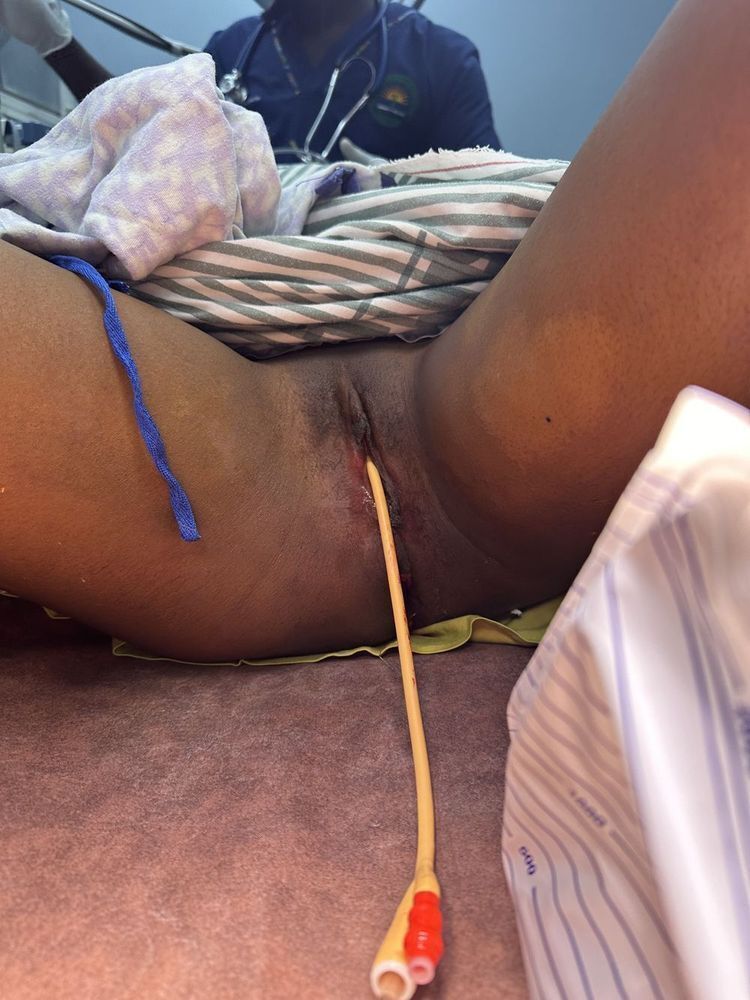What is an Obstetrical Fistula?
-
Description
Obstetrical fistula is a medical condition in which a hole develops in the vagina as a result of prolonged or obstructed childbirth. This abnormal opening most commonly occurs between the vagina and the bladder, causing continuous leakage of urine from the vagina. It may also occur between the vagina and rectum, causing continuous leakage of stool from the vagina. Beyond the physical complications, women often experience severe consequences such as depression, infertility, and social isolation as a result of this very unpleasant condition.
-
Causes and Risk Factors
The primary cause of obstetric fistula is obstructed labor that is left untreated, resulting in prolonged pressure and poor blood flow to the tissues of the vagina. Risk factors include limited access to quality medical care, lack of timely cesarean sections, malnutrition, and teenage pregnancy.
-
Prevention and Treatment
Obstetric fistula is almost entirely preventable with proper maternal healthcare, especially with timely access to cesarean sections. When a fistula does occur, complex surgical repair is the standard treatment, requiring surgeons with special expertise in this area. Many women can regain full urine and fecal continence and return to a normal life after successful surgery.
-
Prevalence
It is estimated that about two million women worldwide—predominantly in sub-Saharan Africa, Asia, the Arab region, and Latin America—are currently living with obstetric fistula, with approximately 75,000 new cases arising each year.
-
Consequences
The effects of obstetric fistula are profound and wide-ranging. Physically, women may suffer stillbirth in 85–100% of cases due to prolonged labor. They also incur severe ulcerations of the vaginal tract, nerve damage that can cause paralysis of the lower limbs (“foot drop”), infections, abscesses, and infertility. Psychologically and socially, women often face stigma and abandonment by their families and communities due to chronic urinary and/or fecal incontinence.
-
Human Impact
According to the United Nations Population Fund (UNFPA):
Due to the prolonged obstructed labor, the baby almost inevitably dies, and the parent is left with chronic incontinence. Unable to control the flow of urine or stool, or both, they may be abandoned by their spouse and family and ostracized by their community. Without treatment, their prospects for work and family life are virtually nonexistent.
Additional Conditions We Treat
-
What is Vaginal bulge (Vaginal prolapse)?
Vaginal prolapse, sometimes referred to as a vaginal bulge, happens when the pelvic floor muscles and ligaments become stretched and weakened, and can no longer support the uterus and vaginal walls. As a result, the uterus or vagina may slip downward or protrude outside the vaginal opening. Common risk factors include childbirth—especially long or difficult labor and delivering larger babies—which place extra stress on these supporting structures.
-
What is Bladder Leakage (Urinary Incontinence)?
Urinary incontinence is the loss of bladder control. It can range from mild leakage, such as a few drops of urine when coughing, sneezing, or laughing, to a strong, sudden urge to urinate that makes it difficult to reach the toilet in time. It is a common condition and can sometimes be embarrassing, but it is treatable.
-
What is Rectal Prolapse?
Rectal prolapse occurs when the rectum (the lower part of the large intestine) slips or drops down through the anus. In a complete rectal prolapse, the entire rectal wall protrudes through the anal opening. Without treatment, symptoms such as constipation, difficulty with bowel movements, and loss of bowel control can worsen. Surgery is required for long-term correction.
-
What is an Abdominal Hernia?
An abdominal hernia occurs when part of an organ or tissue protrudes through a weak area in the abdominal wall, creating a visible bulge beneath the skin. It typically develops due to increased pressure inside the abdomen and weakened muscles. Depending on severity, treatment may involve surgical repair. In many developing countries, abdominal hernias are commonly associated with heavy lifting and are often related to work.


